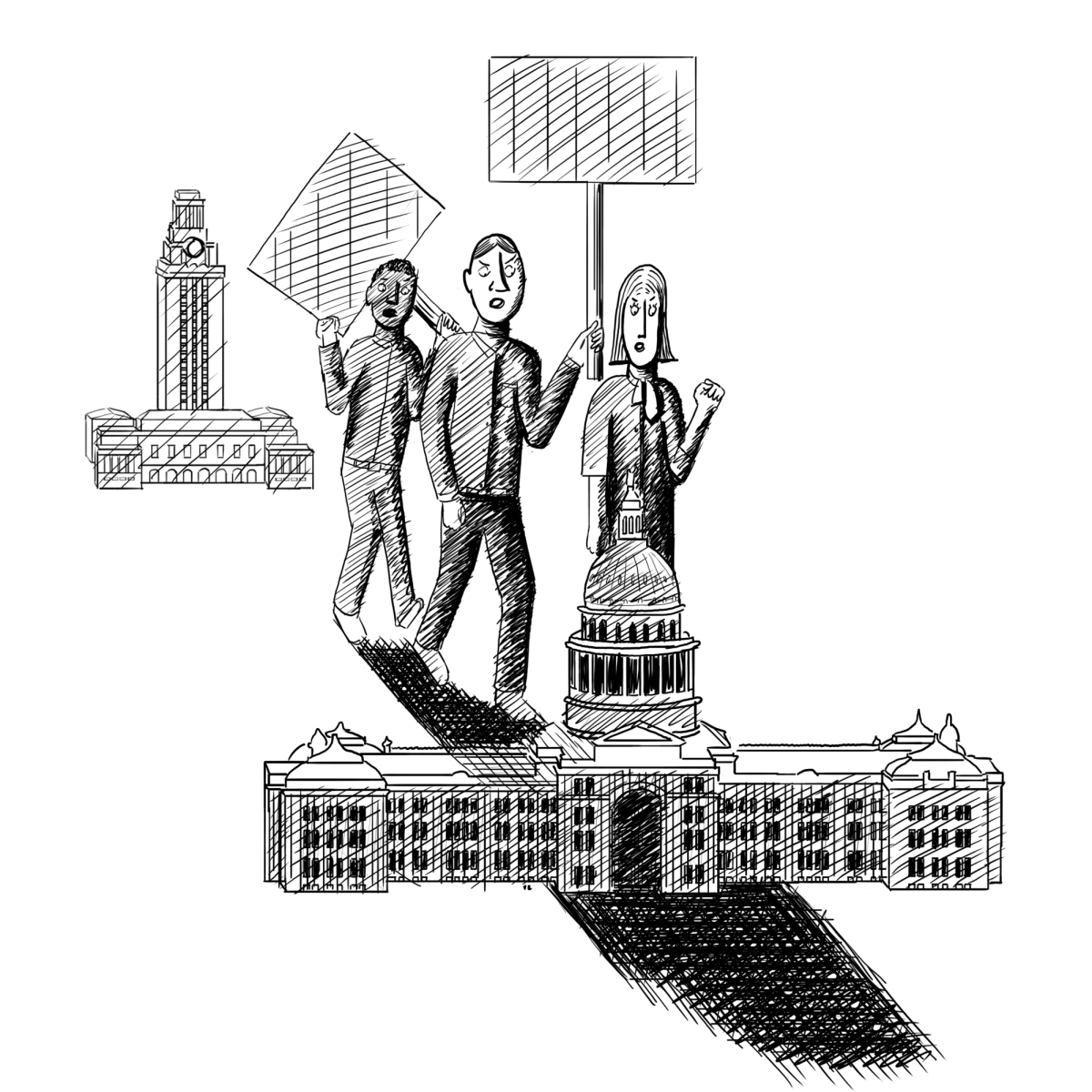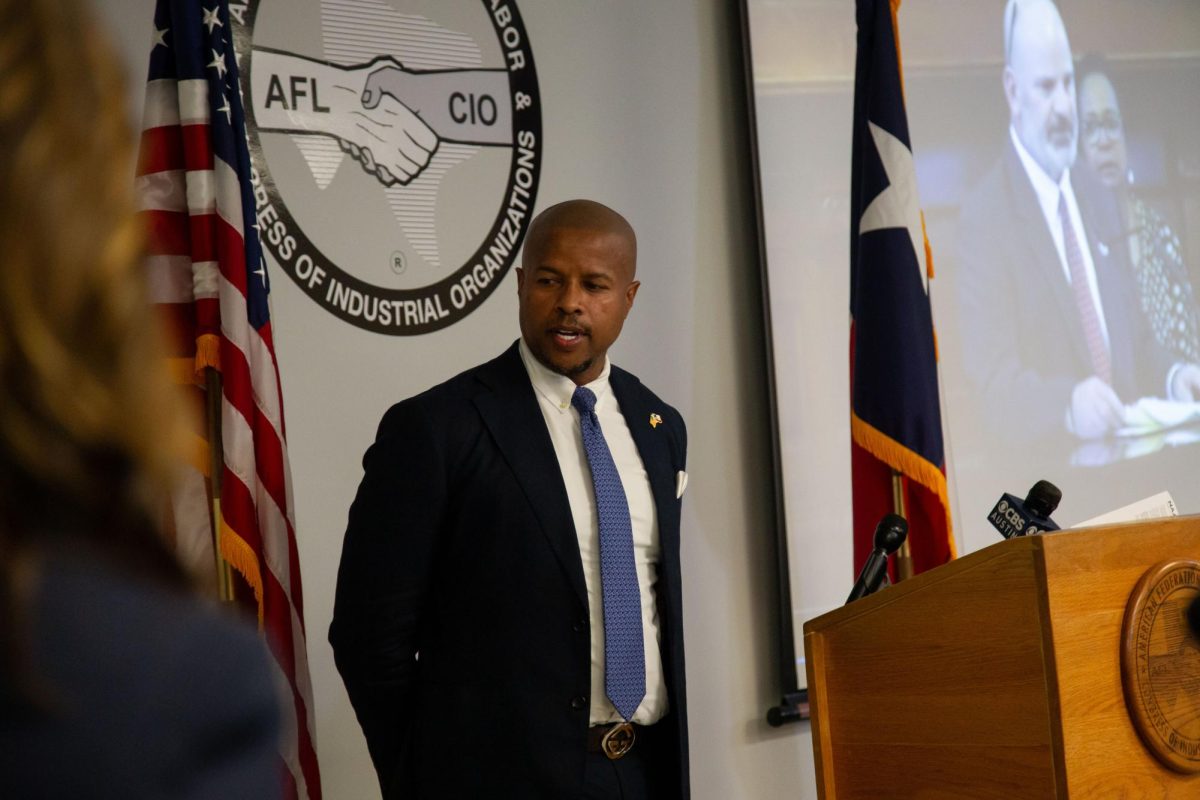The Cockrell School of Engineering unveiled three new labs dedicated to oil and gas drilling technologies at a ribbon-cutting ceremony Tuesday.
The labs were made possible by a donation of $1.7 million from Baker Hughes, an oil-field service company. The labs also feature a drill rig simulator — the only one of its kind at any American university — donated by National Oilwell Varco.
The labs, which are open to students, are each designed to focus on a different aspect of petroleum engineering. The Drilling Automation Lab, which hosts the drill rig simulator, gives students the virtual experience of actually drilling at a rig site.
“Students will be able to get a feel for what drilling is,” said Pradeep Ashok, a research associate in the labs. “The undergraduate students will get a chance to play with [the drilling simulator] and get a feel for what a driller actually does.”
The Zonal Isolation Lab allows researchers and students to study the effects of drilling deep underground, with a focus on the problems encountered when using hydraulic fracturing methods. Hydraulic fracturing is more commonly known as fracking. Projects in the isolation lab include the improvement of the relationship between concrete and shale and the elimination of hazardous by-products that result from drilling underground water sources.
“We were trying to find new formulations to improve the bonding between cement and shale, so that you actually have good zonal isolation,” research associate Sriramya Nair said. “[Zonal isolation] is to prevent contamination of aquifers and also to make sure you don’t have blowouts happen.” Nair said.
The third lab houses the Real-time Operations Center. This lab allows data from wells and digging sites from around the world to be seen by students and researchers.
“[Students] will be looking at data coming from the oil and gas sector, oil and gas drilling rigs in real-time and analyzing it, seeing if everything is going fine and if they see some issues they report back,” Ashok said. “So that’s a really good learning platform for students.”
Eric van Oort, a petroleum and geosystems engineering professor, oversees all lab developments. Oort, who worked for Shell for more than 20 years, said he developed a number of contacts and relationships with Baker Hughes while in the field.
“When I came to UT, Baker Hughes indicated that they had opportunities for sponsorship, and they were interested in sponsoring the [petroleum engineering] program at UT.” van Oort said.
According to information provided by Baker Hughes, the total investment budget for the labs was close to $3 million.



















